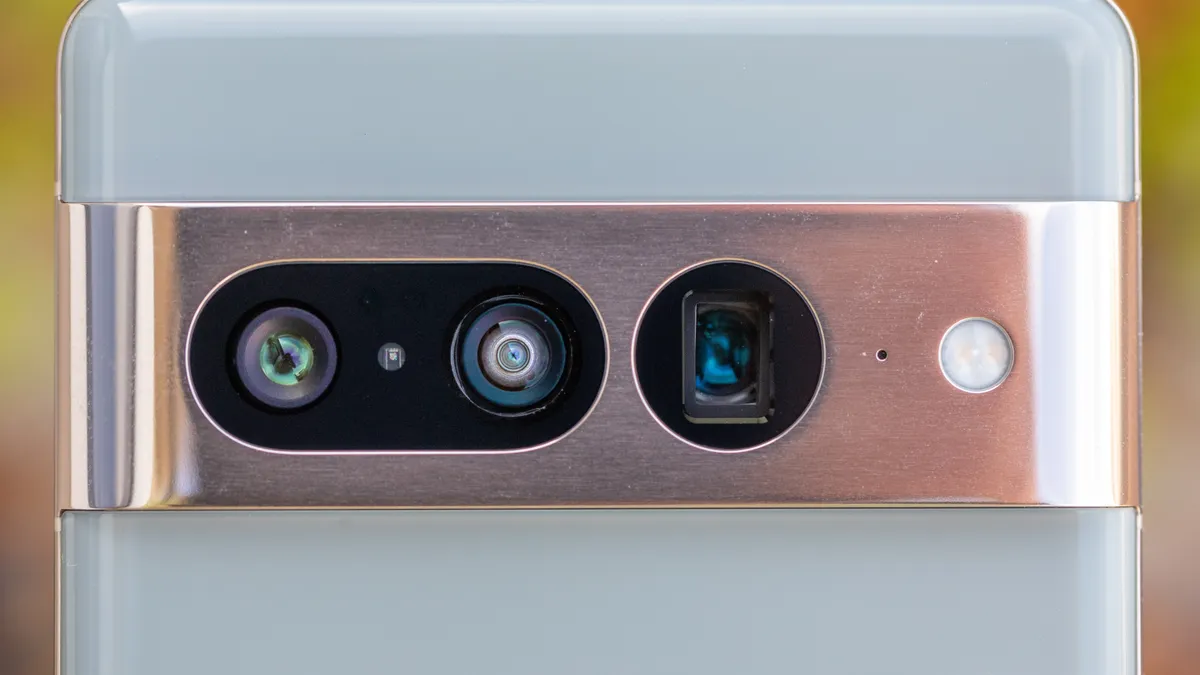Understanding the Mechanics of Mobile Camera for Video Recording

In the mobile phone era, high-quality video recording has become more accessible to the average consumer. Mobile cameras have evolved significantly and have capabilities and capabilities unique to professional devices. Understanding how the little things work can help you get the most out of your photography experience.
Introduction:
Mobile cameras use hardware components and software algorithms to capture and process images. From the shape of the lens to the image sensor and processing chip, every element plays a role in achieving stunning images.
Lens System:
The lens system in a mobile camera is responsible for focusing the light on the image. Most phones have multiple lenses with different focal lengths that allow for optical zoom and depth perception. These lenses are usually made of high-quality materials such as glass or synthetic materials to reduce distortion and distortion.
Image Sensor:
At the heart of every mobile camera is an image sensor that converts light into a digital signal. The most common sensor type in mobile phones is the CMOS sensor (Metal-Oxide-Semiconductor). CMOS sensors offer high resolution, low power consumption and high readout speeds, making them ideal for mobile photography and video.
Signal Processing:
When the image sensor captures the light, the basic information is processed by a special chip in the phone. This chip performs various functions such as noise reduction, color correction and image stabilization. Advanced algorithms analyze input data to improve image quality and reduce distortion, delivering sharper and sharper images.
Software Development:
The latest phones use advanced software algorithms to further enhance the capabilities of their cameras. Features like HDR (High Dynamic Range), portrait mode and night mode are made possible thanks to artificial intelligence and machine learning. This algorithm adjusts settings in real-time to produce different-looking results in different lighting conditions. 97 Optical image stabilization (OIS) adjusts the lens or image sensor to compensate for focus, while electronic image stabilization (EIS) uses software algorithms to achieve such an effect. The combination of these technologies ensures consistent images even in difficult shooting conditions.
Result:
Mobile cameras have revolutionized the way we capture and share moments by putting the ability to capture professional photos at our fingertips. By understanding the complex workings of these tools, users can unlock their full potential and unleash their creativity. As technology continues to evolve, the future of video streaming will likely offer many innovations and possibilities.







